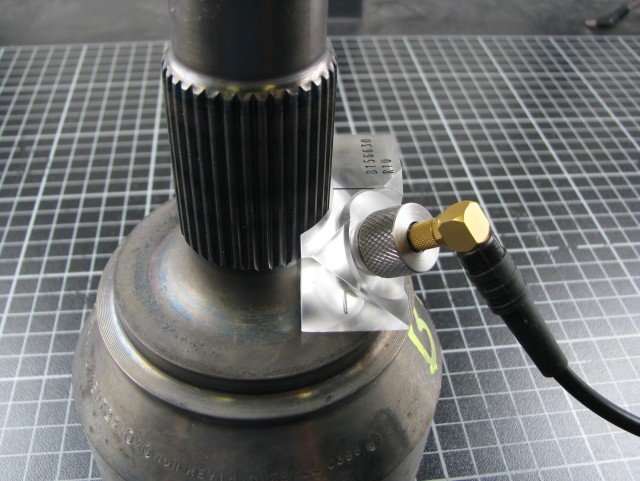

Mobile SHD inspection system for the nondestructive inspection of the surface hardening depth in inductively hardened components by ultrasound backscattering. An extremely fast and repeatable way to optimize induction process parameters such as heating cycles, frequencies and coil and quench design result.
Inquiry Online Sales Manager: Mr Li
Sales Manager: Mr LiInduction hardening solutions are used by many of the world's leading car and heavy industrial equipment manufacturers and their suppliers, to increase the hardness and durability of steel.Mobile SHD inspection system for the nondestructive inspection of the surface hardening depth in inductively hardened components by Fraunhofer IZFP ultrasound backscattering Technique.
● Surface hardening optimization
● Improving fatigue resistance and roller strength through compressive residual stress
● Friction properties optimization
● Improving wear and corrosion resistance
Induction is used to harden numerous components. For example: gears, crankshafts, camshafts, drive shafts, output shafts, torsion bars, rocker arms, CV joints, tulips, valves, rock drills, slewing rings, inner and outer races.For high-quality surface hardened products, it is crucial to manufacture a hardened layer with a defined thickness. Without nondestructive methods, quality assurance requires destructive testing ofrandom samples, a time-consuming and costly approach with relatively low throughput.

|

|
Crankshaft and drive shaft inspection using SHD Inspection Sensor
As an alternative to destructive techniques such as optical analyses or hardness depth profiling, the surface hardening depth (SHD) is determined with ultrasonic time-of-flight measurement. This nondestructive technique uses backscatter signals out of the transition zone between the hardened layer and the base structure, which represent the corresponding hardening depth. Using the mechanical and structural differences between the microstructures of the surface hardened layer and the base material, in combination with ultrasonic frequencies optimized for backscattering, the customer achieves reliable and reproducible SHD measurements.
With measurement systems that rely on this effect, the SHD is determined by the ultrasonic time-of-flight evaluation between the surface-signal and the backscatter-signal from the transition zone. Considering the material-specific ultrasound velocity, the surface hardening depth is calculated directly. This state-of-the-art ultrasonic SHD method is in high demand in the energy sector, in the production of large roller bearings and in the manufacture of truck and automobile crankshafts. Our innovative technology is also making inroads in other industries for customized solutions.

|

|
Simplified Principle of ultrasonic backscatteringandEchoDisplay
By use of SHD NDT Inspection System, it is an extremely fast and repeatable way to optimize induction process parameters such as heating cycles, frequencies and coil and quench design result in the best possible outcomes.This ensures that each separate workpiece is hardened to its own precise requirement, without any waiting or cutting it.The hardening depth parameters for each workpiece can also be stored on your database.
For more details, please contact LAB GAGES directly.

311,Building 5,No.81,Meiyue Road,Waigaoqiao Free Trade Zone,Pudong,Shanghai,China
amy@labgages.com
021-50473900


About LAB | Cooperative Brand | Contact us | Sitemap

沪公网安备 31011502000213号

 沪ICP备12021537号-1
©2012-2024 LAB GAGES
沪ICP备12021537号-1
©2012-2024 LAB GAGES